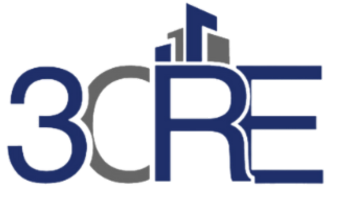1.) Loss to Lease
Increasing Rent to market rates will always be one of the easier ways to add value to Multifamily. Raising rents by $20-$30 a year to stay in tune with market conditions has become an accepted practice in Multifamily. It ensures that the property is in tune with inflation, the area’s economics, and asset type. Many landlords and investors will choose not to increase rents because they don’t want to conflict with good-well paying tenants. However, some don’t realize the value you can add by raising rents; for example, $20/unit over 100 units can add around $385,000 of value to the property. This situation is called “loss to lease.” Loss to lease is a term used to describe the difference between a unit’s market rental rate and the actual rent per the lease. Often, loss to lease is an attractive highlight to buyers when selling a multifamily property because it is an easy way to create value right from the start of the investment.
2.) Unit Upgrades
Renovating and Refreshing units is one of the best ways to add significant value to a multifamily property. Apartments are progressively getting more and more updates, increasing the competition for tenants. Specific strategies will give your units a better look and feel while ensuring that long-term, less work will be needed. For example, carpets will have to be cleaned every time someone leaves that unit if you have carpeted units. So you could replace that carpet with something like a luxury vinyl plank that is easily cleaned, scratch-proof, and snaps in and out quickly. Next is the kitchens. Some buildings built decades ago will have the old white appliances and original cabinets from when it was built. Updating cabinets do not have to be any luxury update either. Putting in just new cabinets that give a sleeker look and better feel goes a long way with the overall interpretation of the unit. Putting appliance packages together to give tenants better tools and changing the colors of appliances to a better look, like all black or stainless steel. Upgrading bathrooms the same way will add significant value and justify raising the rents for those units. Now also equally as important would be common areas and exterior upgrades. Upgrading these does not always directly increase rents because, ultimately, the state of the unit is what matters. However, it can put your building in a higher class and change what you can ask for in your rental rates. If you spend $5k-7k per unit and you can increase rents by $100/mo per unit (of 100 units), and the cap rate for that building is 6.25%, then you’re adding $1200/unit annually and raising the value of the building by $1,920,000.
3.) R.U.B.S
RUBS stands for Ratio Utility Billing System. This system is used for expenses that are the landlord’s responsibility and a way to regain that income lost. For example, if the water bill is $1000 a month for all units. You can ratio out that cost across your (for example) 10 tenants and have each tenant pay you $100, which will go a long way over the life of your property. Some landlords don’t feel comfortable adding expenses on to tenants after rent, but it’s become widely accepted and tenants adjust quickly. Especially because fees end up staying relatively low. RUBS can be implemented in several different ways for the utilities a property owner is responsible for, for example, putting in an electrical baseboard vs. a master boiler. Overall, upgrading systems and taking expenses off the P&L of owners and shifting them to the tenants.
Set up a call with us!
Stay Up to Date With The Latest News & Updates
Follow Us
Check out our social media to stay updated on Commercial Real Estate new, tips, developments.
